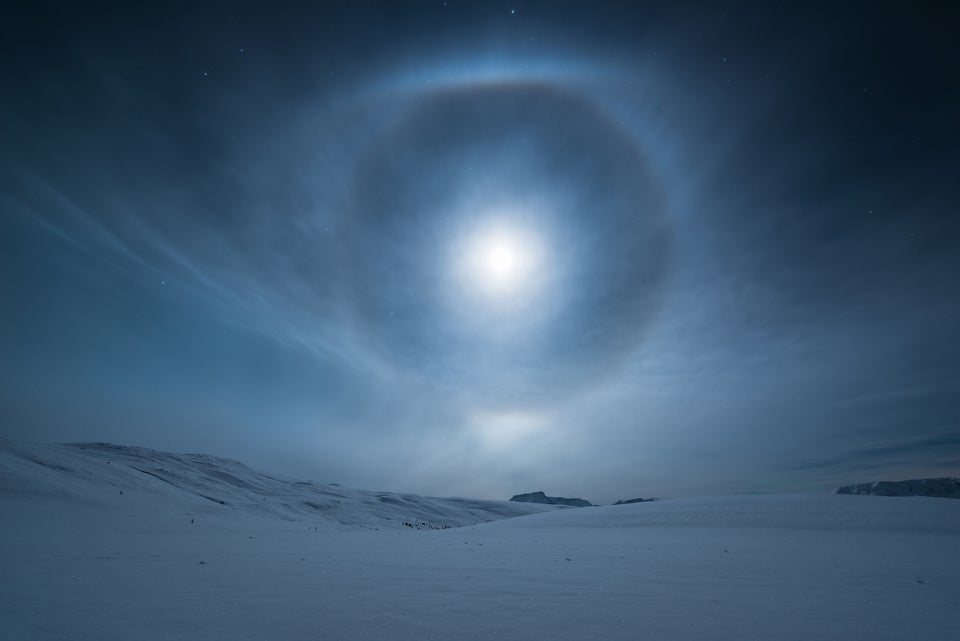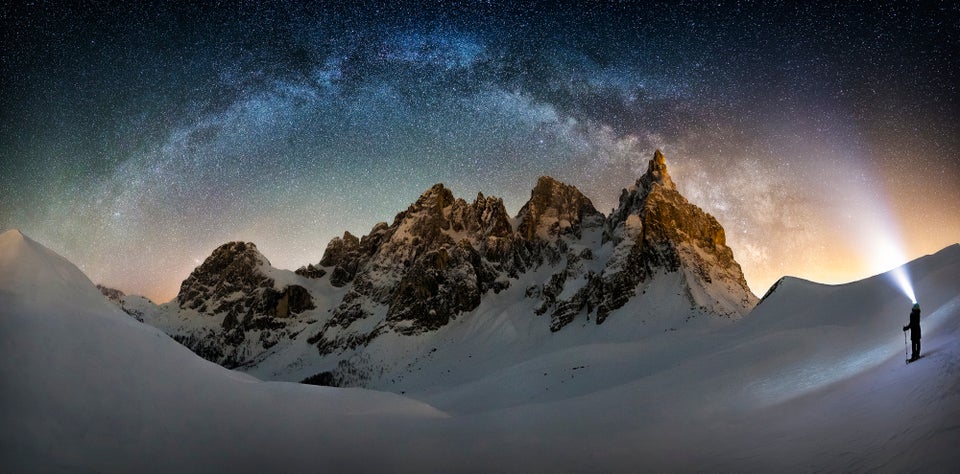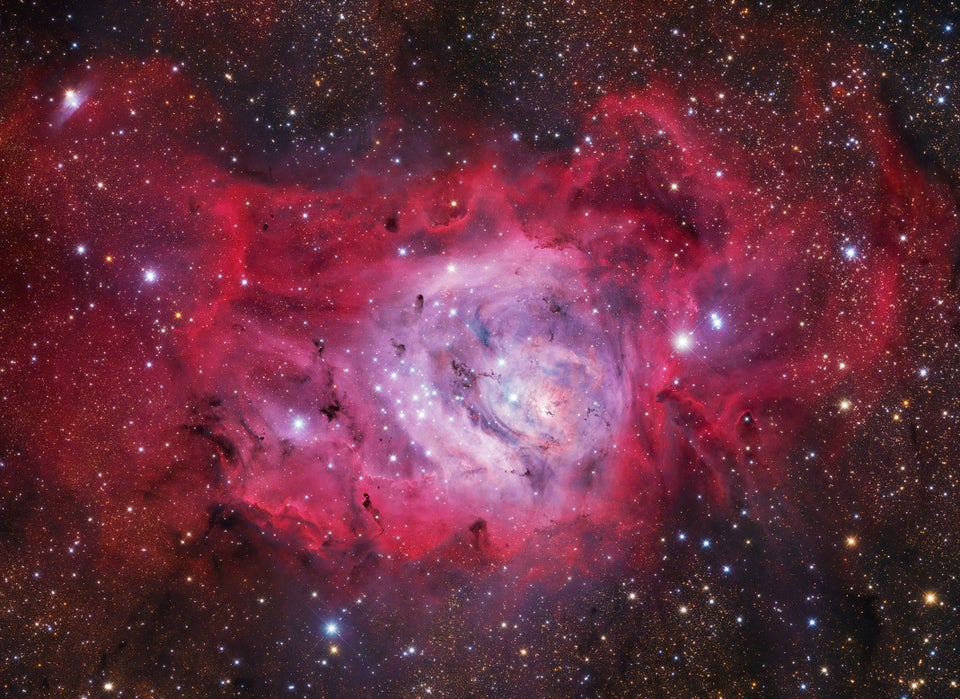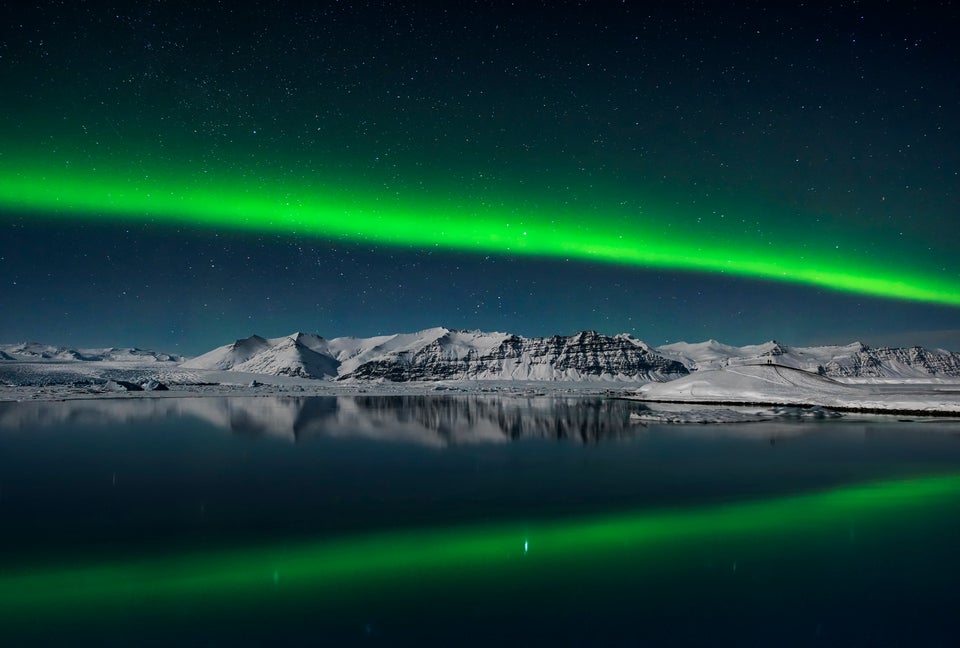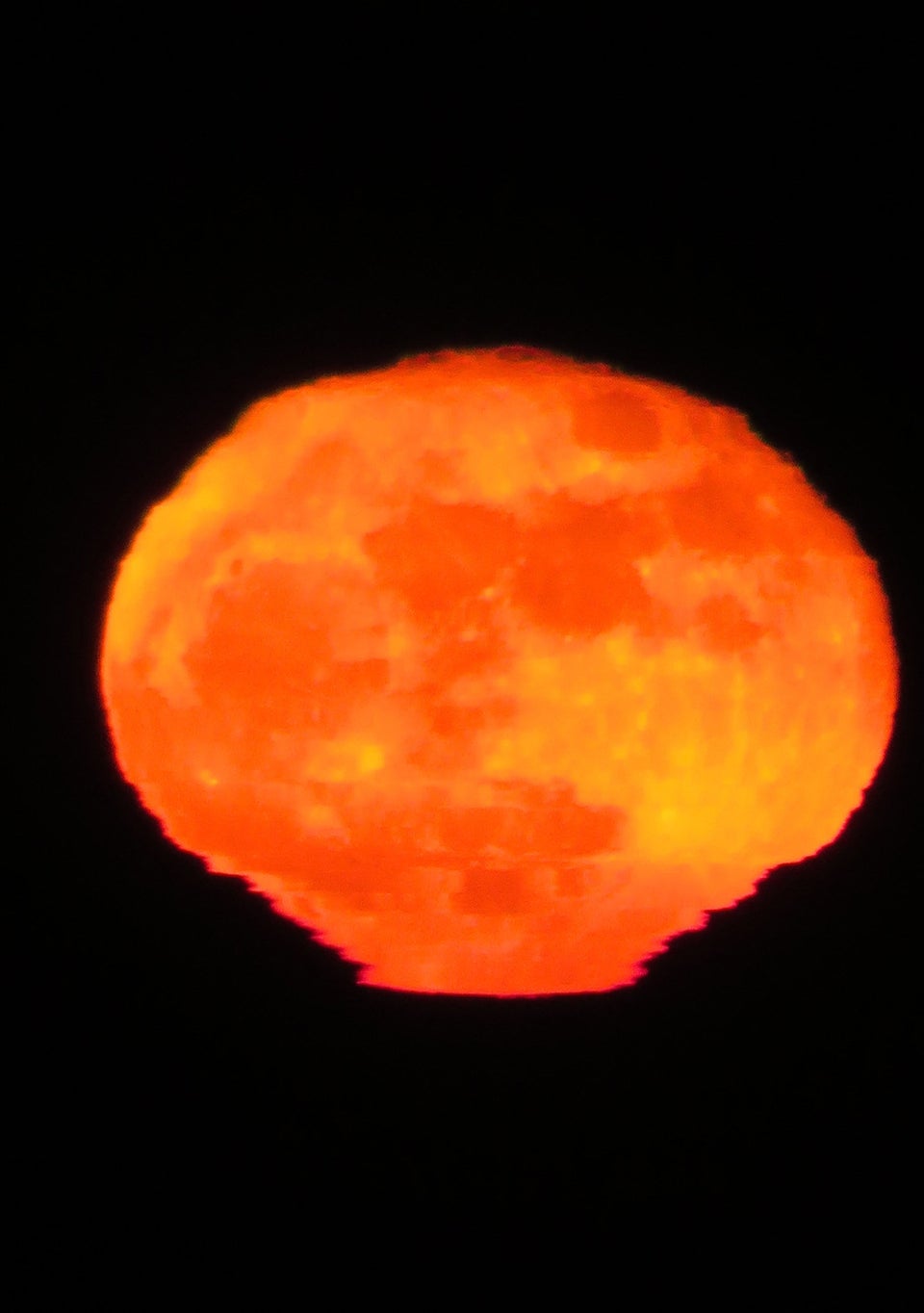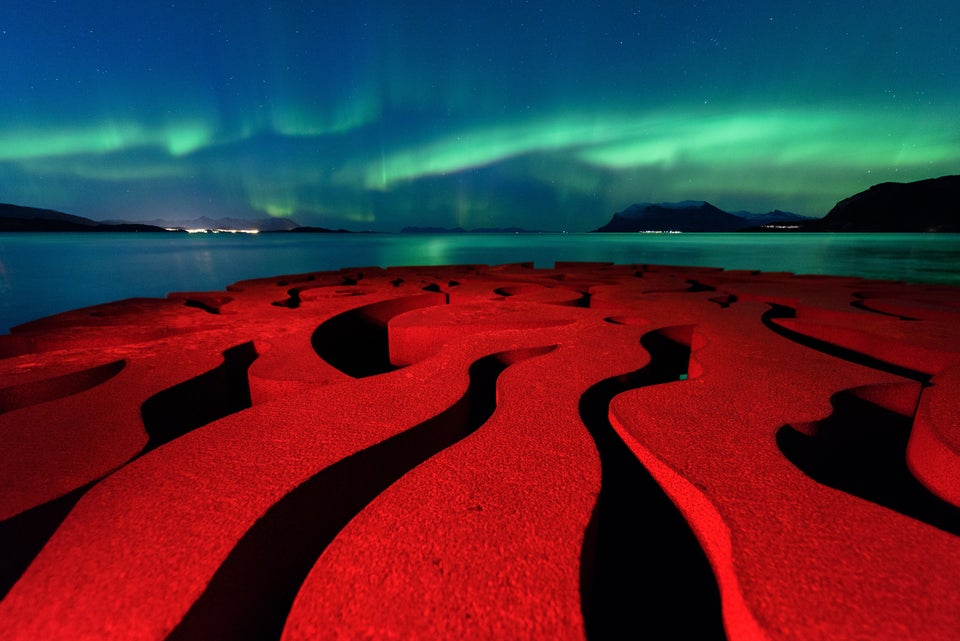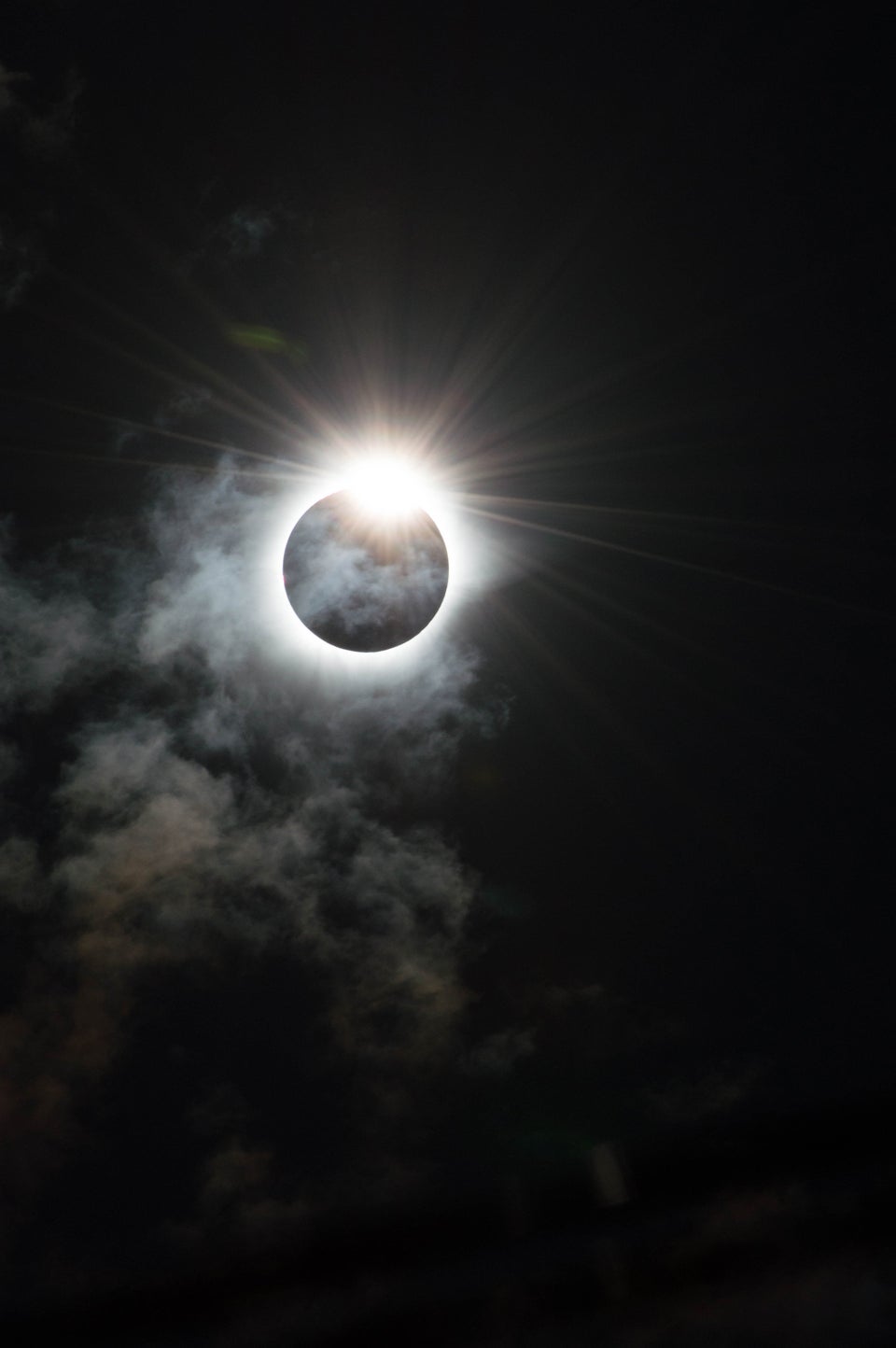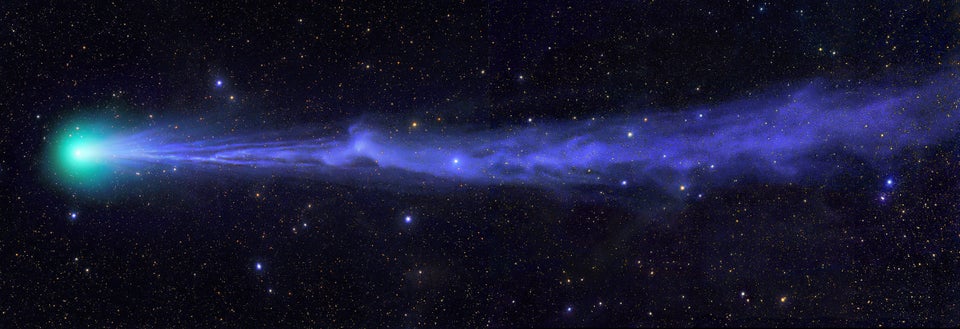Gamma-ray bursts cut through space at close to the speed of light, leave a trail of celestial destruction and are powerful enough to wipe us out instantly.
But what exactly are they?
Well, let’s start with gamma-rays themselves. Like x-rays, gamma-rays are types of ionising radiation that can break apart chemical bonds. To put their force into context, a single gamma ray photon is more powerful than a million of the visible photons that make up light. Fortunately, down on earth, the ozone layer protects us from their force. In fact, we only know of gamma rays because satellites orbiting Earth can detect them.
As Kurzgesagt explains, Gamma Ray Bursts (GRBs) take two forms. Large GRBs last a minute and form when supernova die and collapse into a black hole. Short busts, meanwhile, last just a second. These bursts also generated by black holes, but the black hole forms when two neutron stars in a binary system stars merge. The process takes millions of years, but once the stars are close enough to touch, they collide and the black hole forms.
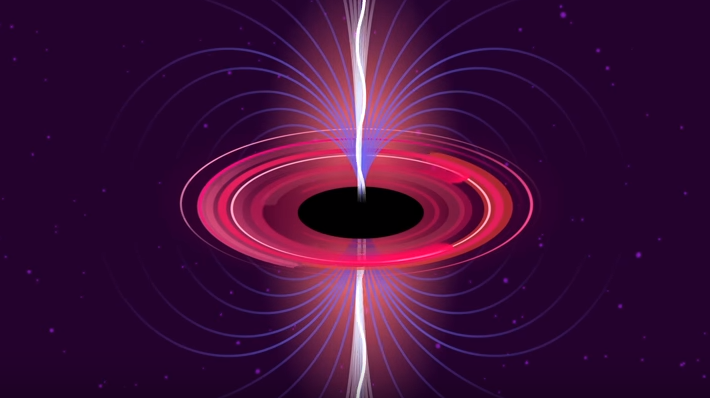
In both cases, the black hole is surrounded by spinning magnetic disks of gas. The rotation powers up the magnetic field, forming a funnel of hot particles. The gas in the funnel creates two tight jets of celestial gamma-rays which travel at close to the speed of light. GRBs remain far more focused and last much longer than any other cosmic explosions.
The universe is littered with GRBs. Satellites detect one per day, but most are completely harmless to life on Earth because they are so far away. And astronomers have never discovered a GRB that has originated from within the Milky Way.
If a GRB started a few light years away, it would obliterate the side of Earth which it hits, wiping out all life. But more distant GRBs could be deadly too. If a GRB starts a few thousand light years away, it could be 100 light years wide when it reaches us, overwhelming the solar system, wiping out the ozone layer and leaving the sun to destroy all complex life.
Some scientists believe that GRBs led to a mass extinction on Earth 450 million years ago that killed nearly 85% of marine species. GRBs could also be responsible for the fact we haven’t yet discovered life elsewhere in the universe. But they’re probably not worth worrying about. In a galaxy like the Milky Way, there’s only about 1 per millennia. The GRB would need to close and directed right at us to endanger life on Earth. Besides, the bursts move so fast that we wouldn’t ever see it coming. So that’s something to think on...
Astronomy Photographer of the Year 2016 Shortlist:



